Junior Blog: Syrian Archers
4 minutes reading time.
Imagine leaving your home and walking across deserts, mountains, and countries to live somewhere 1,700 miles away – all because you joined the Roman army! That’s exactly what happened to Longinus Festius, a skilled archer from Syria, almost 2,000 years ago.
He was part of a cohort known as The Hamian Archers, who arrived at Magna Fort around AD 122. This was around the time Emperor Hadrian was building his Wall to protect the edge of the Roman Empire. Think about how strange it must have been for the Hamian Archers. Leaving the hot, sunny deserts of Syria and coming to cold, rainy Britain!
Everything was different on Hadrian’s Wall. The weather, the food, the language, and even the clothes people wore.

Who Was Longinus?
Longinus was part of a group called Cohors Prima Hamiorum Sagittariorum (can you guess what language this is? It’s Latin!). It means The First Cohort of Hamian Archers. These soldiers came from a place called Hama, in Syria. Hama was famous across the Roman Empire for its amazing archers. In Hama, boys started training with bows and arrows when they were very young. So, instead of teaching Roman soldiers how to shoot, the Roman Army brought in experts like Longinus.
Do you think Longinus guessed that being recruited as an archer in the Roman Army would send him all the way to cold, rainy Britain to places like Magna Roman Fort, right next to Hadrian’s Wall!
Why Were Archers So Important?
At first, the Romans used bows and arrows as part of sports and games, rather than in battle. They didn’t think archers were important in battle. But that changed after the defeat at Carrhae by the Parthians in 53 BC. The Parthians used archers mounted on horses, making them fast and agile. This battle is known as one of the worst defeats for the Roman Army. After that, the Romans realised they needed to include archers in the Army. So, they started finding the best ones from the eastern parts of the Roman Empire, like the Hamian Archers from Syria.
These archers used special bows called composite bows. They were powerful, with a wooden core in a recurve. This means a curve that bends backwards. Made from animal sinew, the string was then attached. These could shoot arrows much farther and faster than regular bows. Check out the diagram below to see what they would have looked like.

Life as an Archer in Britain
Longinus and his fellow archers wore distinctive clothing. Long tunics, helmets with a long, pointy top, and quivers (arrow holders) on their backs made up their uniform. They carried arrows made for all kinds of targets. Some arrows would have been for enemies in battle, some to pierce armour, and some for starting fires. Take a look at our drawing below to see what a Hamian Archer looked like.

One of the best clues we have about what they looked like comes from Trajan’s Column. This is a famous statue which shows us life in Ancient Roman times, including Roman soldiers. We can see the archers wearing their conical helmets, long tunic and carrying their bows. Another clue comes from a stone relief found at Housesteads Roman Fort, aRoman Fort along Hadrian’s Wall, just like Magna. This relief shows some of the archers with a short tunic and a dagger, along with their bow. When they arrived on Hadrian’s Wall, did they changed their kit to better suit their environment?

Fun Fact! The Hamian Archers were the only archery cohort known to be stationed along Hadrian’s Wall.
Life as an archer life wasn’t easy. They trained constantly. Expert archers could fire up to 15 arrows a minute! Their job was to send a rain of arrows over the battlefield, confusing and scattering the enemy. Then, Roman soldiers on foot or horseback would move in to finish the battle.
We’re not sure how many battles Longinus fought in. But it is likely as an archer he would have also spent his time hunting wild animals near the forts. At Roman military forts, such as here at Magna, this was a crucial job as the soldiers hunted and foraged for their own food.
After 25 years in the army, Longinus was able to retire. You were required to spend 25 years in the Roman Army once you were recruited, after which you received a special certificate (called a diploma). Longinus’s diploma was found many, many years later in Bulgaria! It tells us that Emperor Hadrian gave Roman citizenship not only to Longinus – but also to his two sons and his daughter.
You can visit the Roman Army Museum to see real arrowheads, and even a 3D model of the kind of arrow Longinus might have used!
Maybe one day, we’ll discover more secrets underground. We’re still excavating at Magna Fort, where the Hamian Archers once lived.
Come visit the museum to experience our excavations in action! Excavations are on Monday to Friday, weather permitting.


